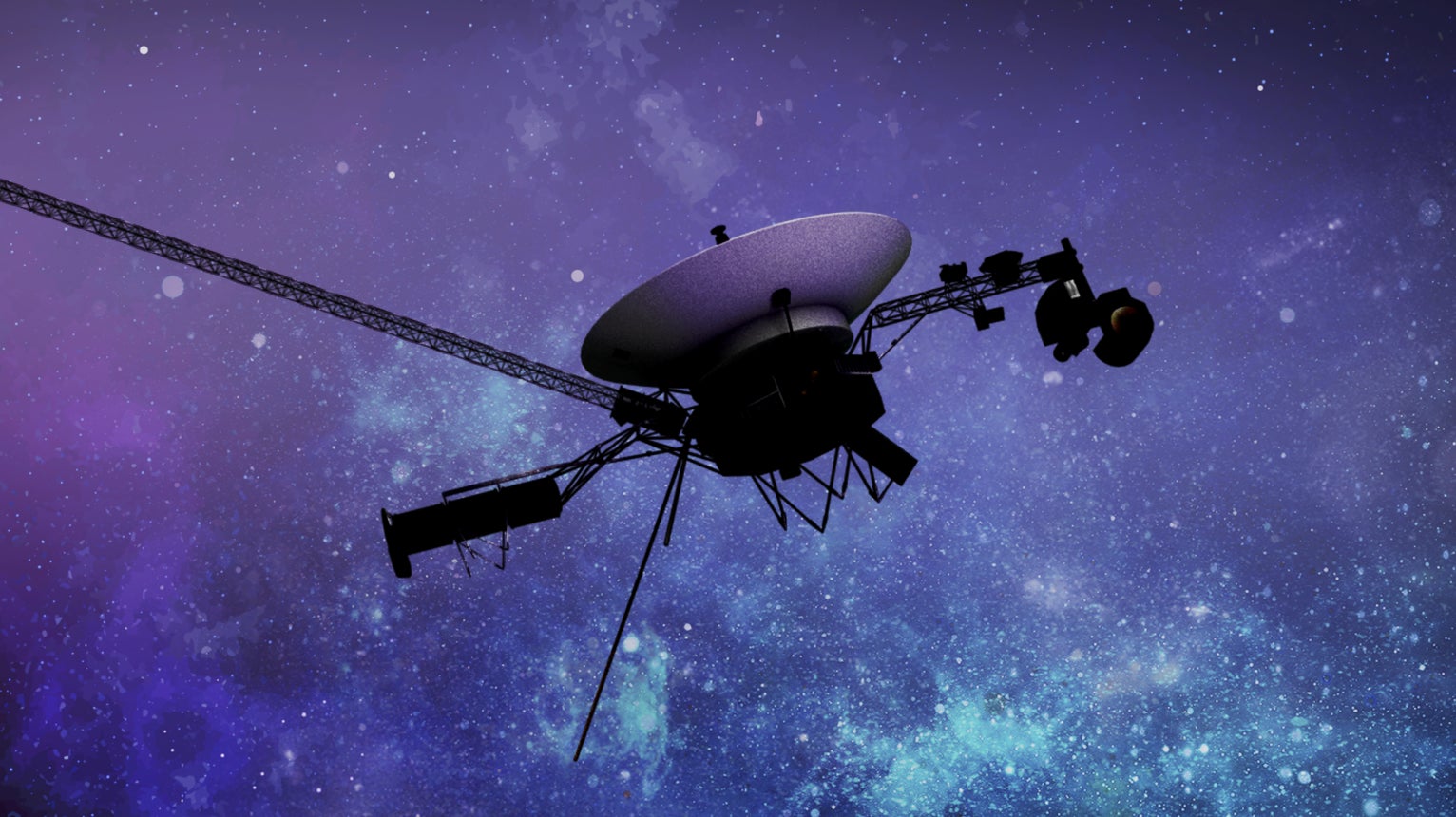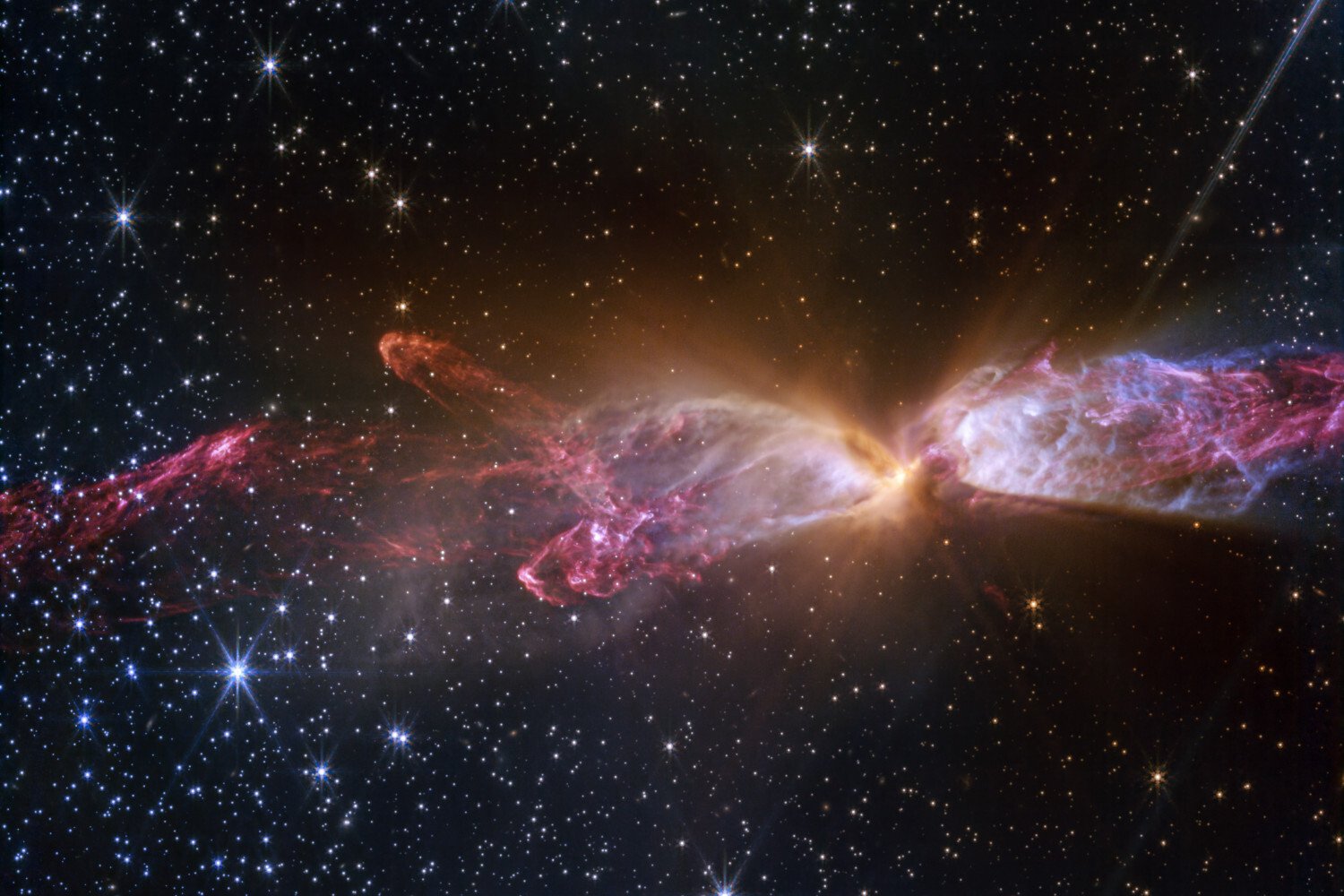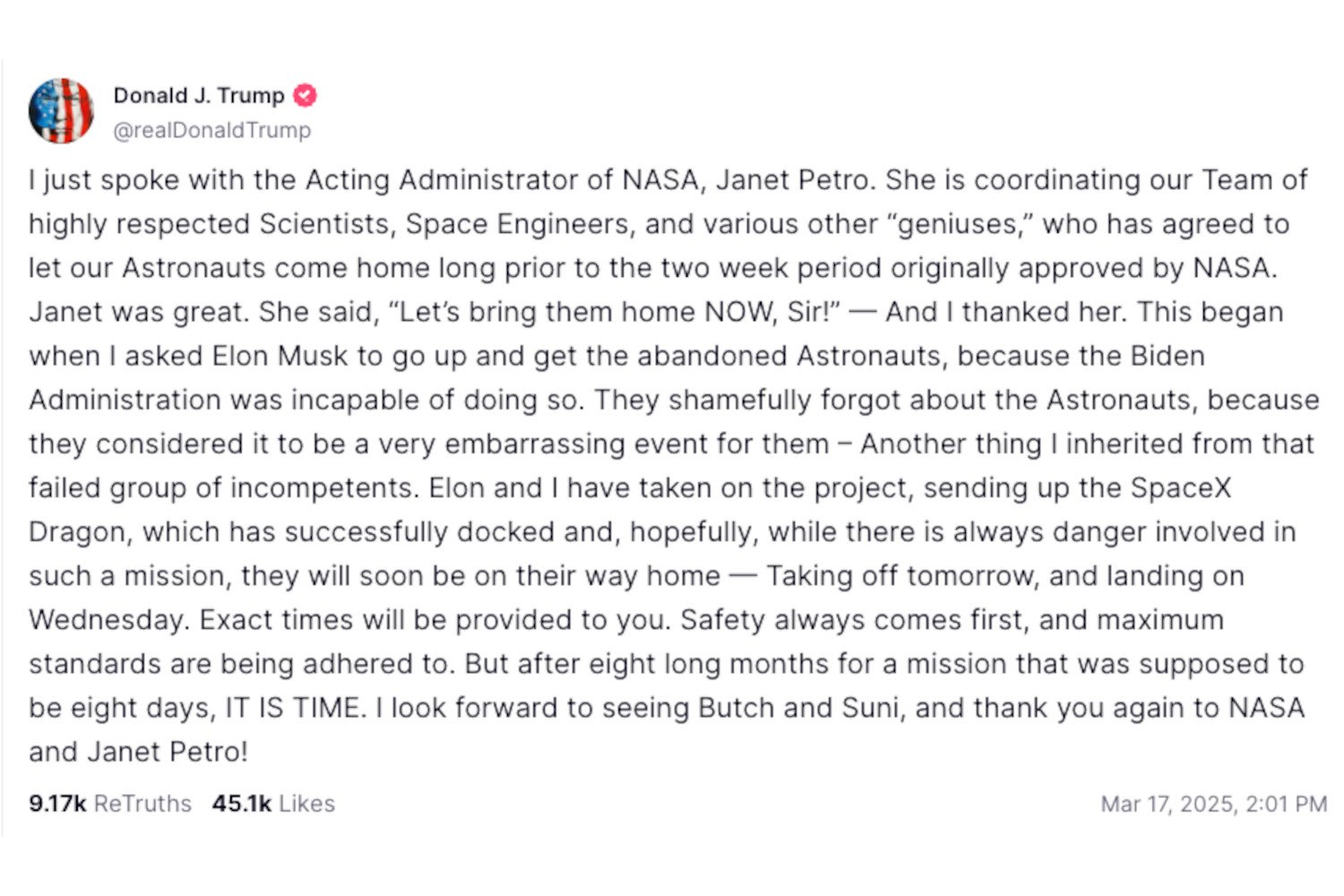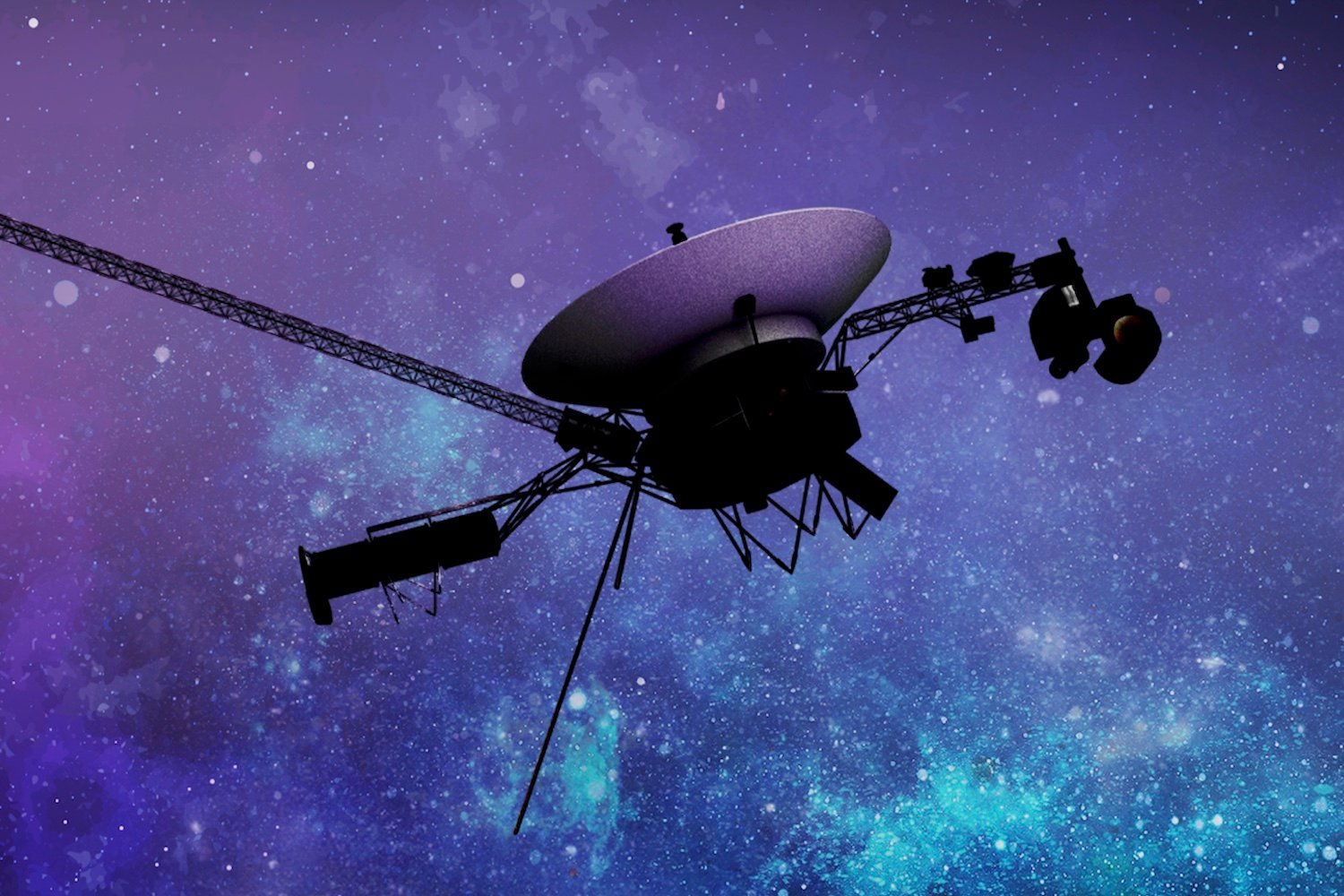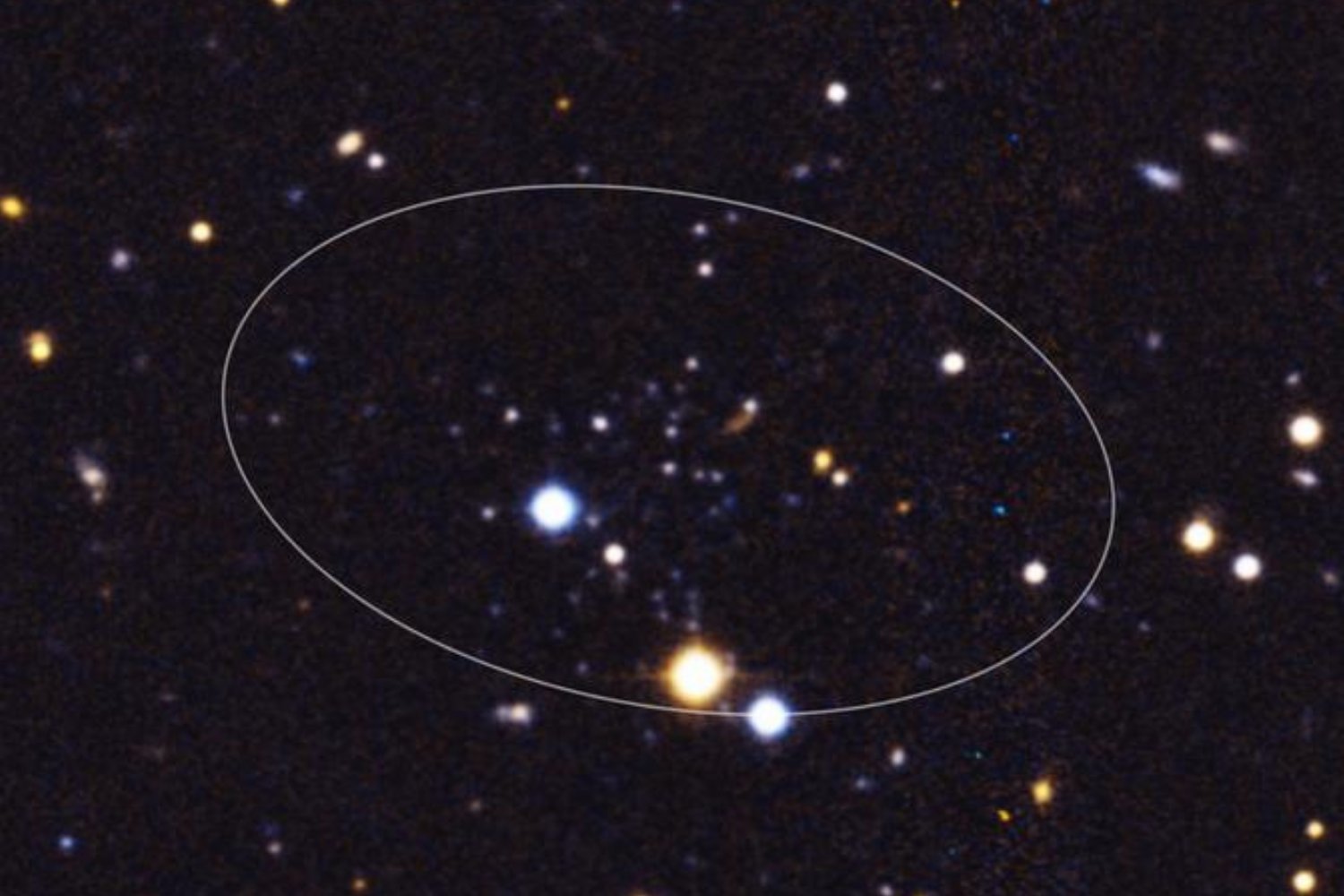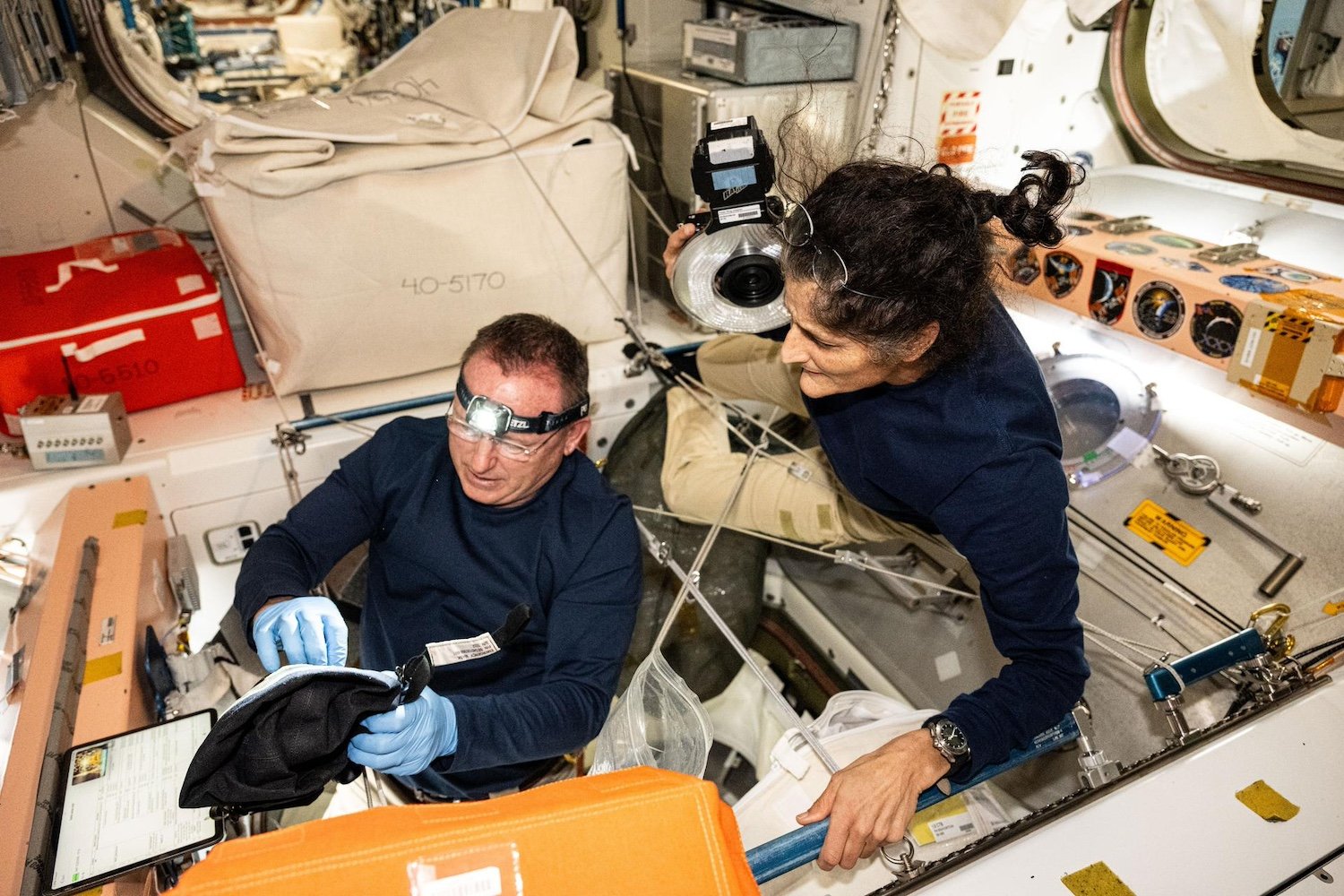Powering spacecraft with solar energy is efficient near Earth, where sunlight is intense. Large solar panels capture enough energy to operate communications systems and scientific instruments. However, sunlight weakens significantly as you venture further into space, making solar panels less effective. Even in the inner solar system, spacecraft like lunar and Mars rovers require alternative power sources. In the harsh environment of space, where spacecraft must endure intense solar flares, radiation, and extreme temperature fluctuations, engineers have developed innovative power solutions for distant missions. This article delves into the technology behind radioisotope thermoelectric generators (RTGs), the power source for these remote explorations.
RTGs: Nuclear Batteries for Space
RTGs are essentially nuclear-powered batteries, distinct from chemical batteries like those in everyday devices. Unlike the batteries in your phone, RTGs provide power for decades, even billions of miles from Earth. They rely on the radioactive decay of elements, not chemical reactions, to generate heat and electricity. While this might sound like a nuclear power plant, RTGs operate on a different principle.
Most RTGs use plutonium-238, an element unsuitable for nuclear power plants because it doesn’t sustain fission reactions. Instead, plutonium-238 undergoes radioactive decay, a process where an unstable atomic nucleus emits particles and energy to become more stable. This often transforms the element into another, as protons are lost from the nucleus. Plutonium-238 decays into uranium-234, emitting an alpha particle (two protons and two neutrons). These alpha particles interact with surrounding materials, transferring energy and generating heat. This heat, so intense it makes the plutonium glow red, is the power source for an RTG.
Harnessing Heat: The Seebeck Effect
RTGs convert heat into electricity using the Seebeck effect, discovered in 1821. This principle describes how two different conducting wires joined in a loop generate a current when exposed to a temperature difference. Devices utilizing this principle are called thermocouples. In an RTG, thermocouples exploit the temperature difference between the hot plutonium-238 and the cold of space to produce electricity. The heat from some RTGs also keeps spacecraft electronics warm and functioning optimally.
RTG Design and Functionality
A typical RTG contains plutonium-238 dioxide, usually in a solid ceramic form for safety. This is encased in a protective layer of foil insulation, covered by an array of thermocouples, all within a protective aluminum casing. The RTG’s interior and one side of the thermocouples reach approximately 1,000°F (538°C), while the exterior, exposed to space, can plummet to hundreds of degrees below zero Fahrenheit. This drastic temperature gradient allows the RTG to convert decay heat into electricity, powering various spacecraft systems. Current RTG technology produces a few hundred watts of power, sufficient for deep-space missions but not for high-power devices on Earth.
The Longevity and Safety of RTGs
The key advantage of RTGs is their consistent power output. Plutonium’s radioactive decay is constant, providing reliable energy for decades. It takes about 90 years for half the plutonium in an RTG to decay. With no moving parts, RTGs are robust and less prone to failure. They also have a strong safety record, designed to withstand both normal operation and potential accidents.
RTGs in Space Exploration: Voyager’s Legacy
RTGs have been crucial to many NASA missions, including the Mars Curiosity and Perseverance rovers and the New Horizons spacecraft. However, the Voyager missions exemplify the enduring power of RTGs. Launched in 1977, Voyager 1 and 2, each equipped with three RTGs, embarked on a grand tour of the outer solar system and beyond. Nearly 50 years later, both spacecraft remain active, collecting and transmitting data from billions of miles away, thanks to their still-functioning RTGs. These spacecraft showcase the ingenuity of the engineers who developed this technology in the 1960s.



